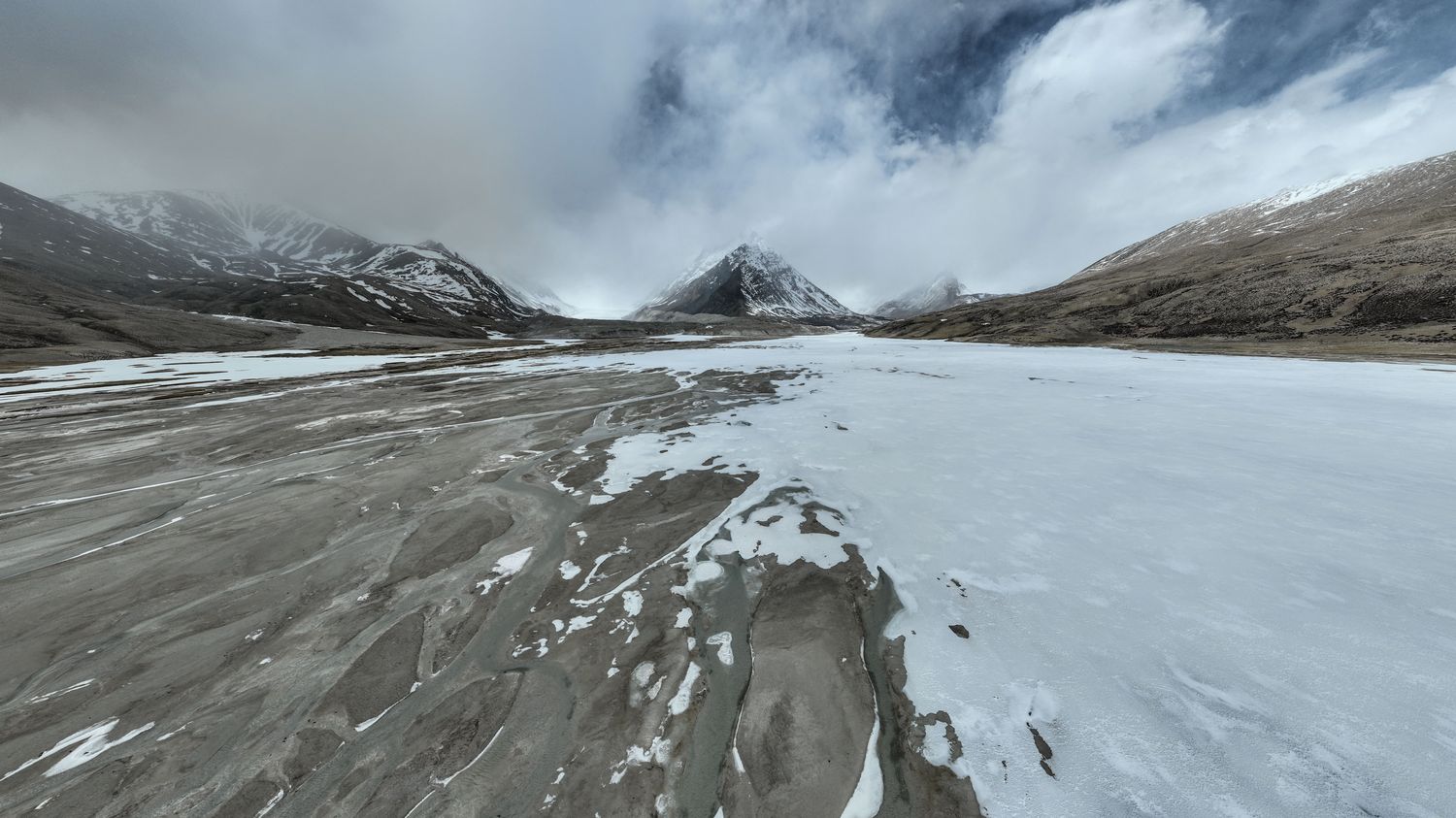In the mountains of the Himalayas, Chinese scientists are very interested in the melting of glaciers caused by global warming.
Article written by
Published
Reading time : 1 min.

Glaciers, a bit like huge freezers, have preserved an impressive quantity of microbes, bacteria and other viruses for tens of thousands of years. This ecosystem has not changed and has been preserved since the Ice Age, but global warming is calling into question this mode of conservation.
The melting of glaciers releases a mass of microbes and bacteria into the atmosphere, especially in Tibet, in the foothills of the Himalayas. Chinese researchers specializing in the sciences of the cryosphere are therefore working there, at an altitude of more than 6,500 m.
Race against time
These microbes and bacteria constitute an invaluable scientific resource which is in the process of flying away, of evaporating because of the melting of the glaciers. Researchers from the Chinese Institute of Ecological and Environmental Resources have understood that it was necessary to act very quickly: they therefore take samples from the ice to recover microbes and bacteria, and prevent all of this from disappearing forever. The scientific community is aware of having a very precious resource, which is dying before its eyes under the effect of the heat.
Scientists have also concerns about the appearance of new pandemics: certain viruses and bacteria, which have remained dormant in the cold, could wake up and pose a threat to wildlife, but also to humans. One of the Chinese researchers explains that a virus found on an animal carcass in the glacier was isolated in the laboratory. He was still active. The same researcher specifies that a highly pathogenic unknown virus, which would be released with the melting of the ice, could infect humans. The next pandemic could come from melting glaciers, other scientists believe. This is therefore also one of the objectives of this research in Tibet: to identify all these viruses for the purpose of prevention.
